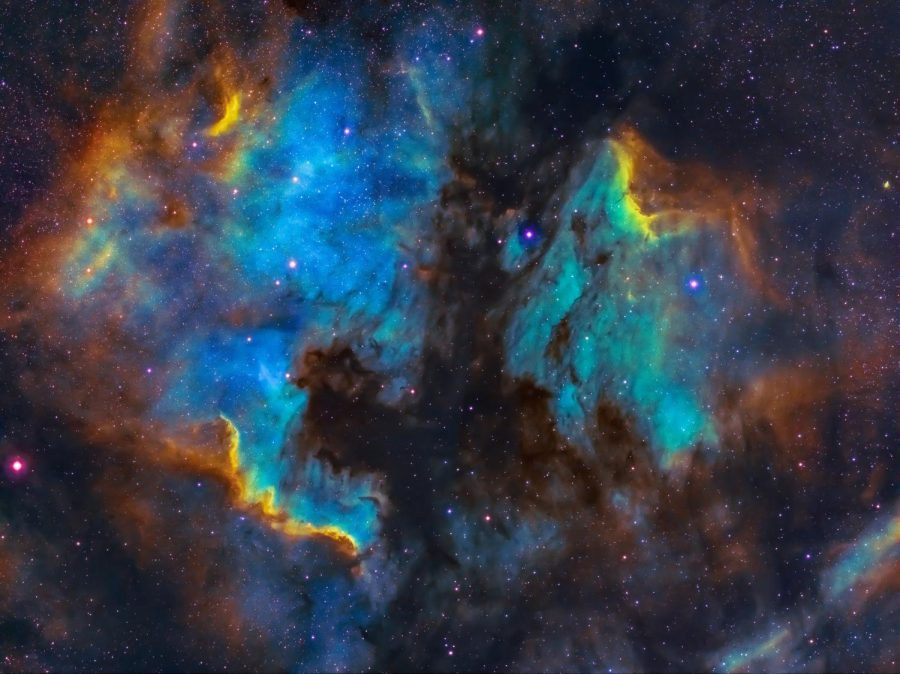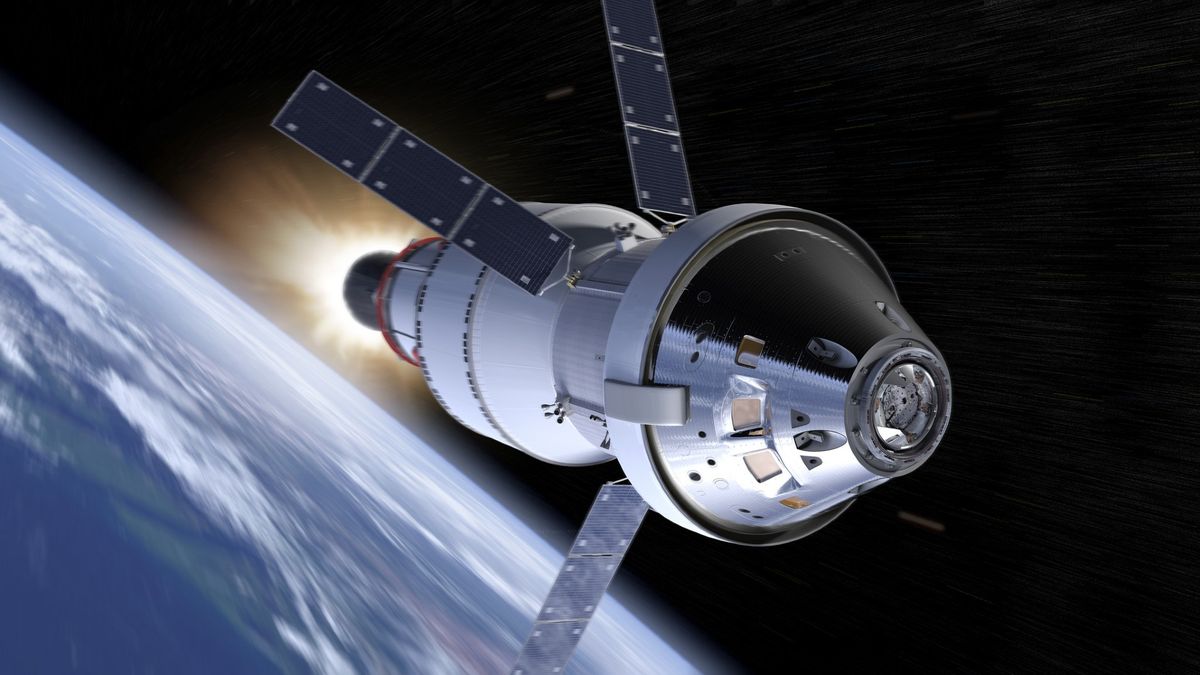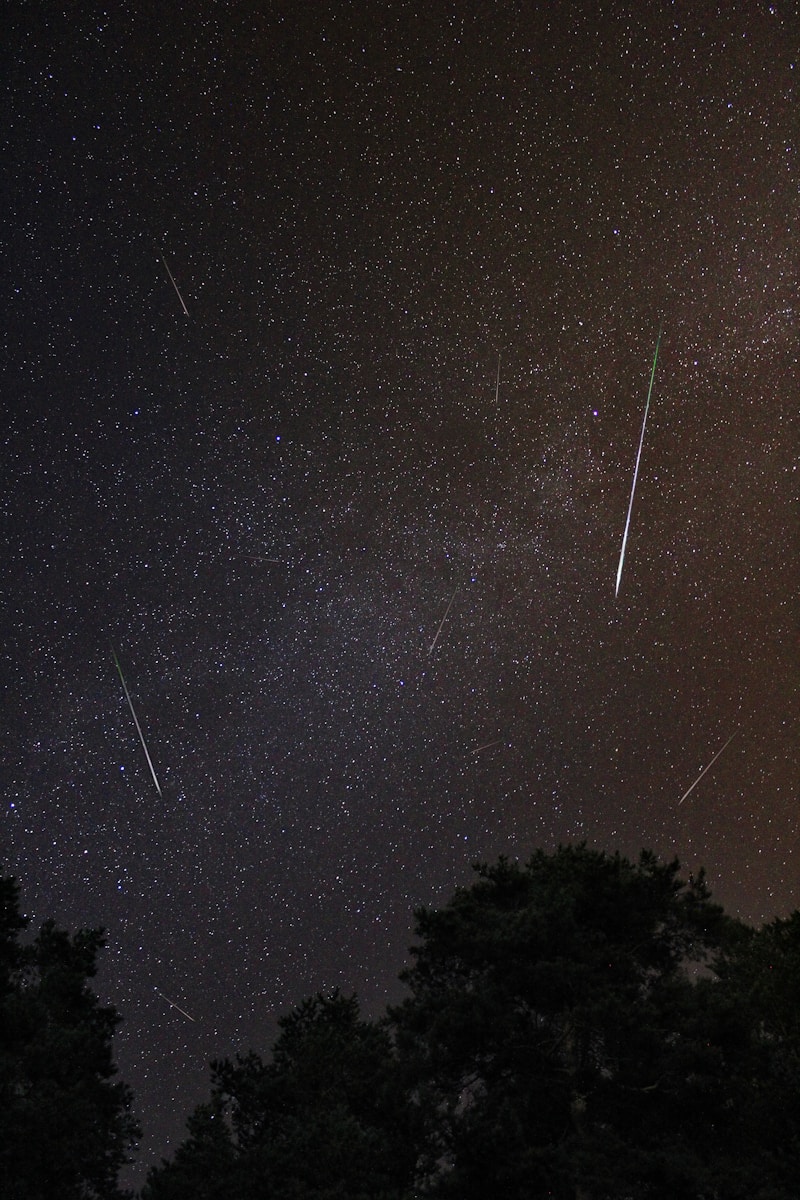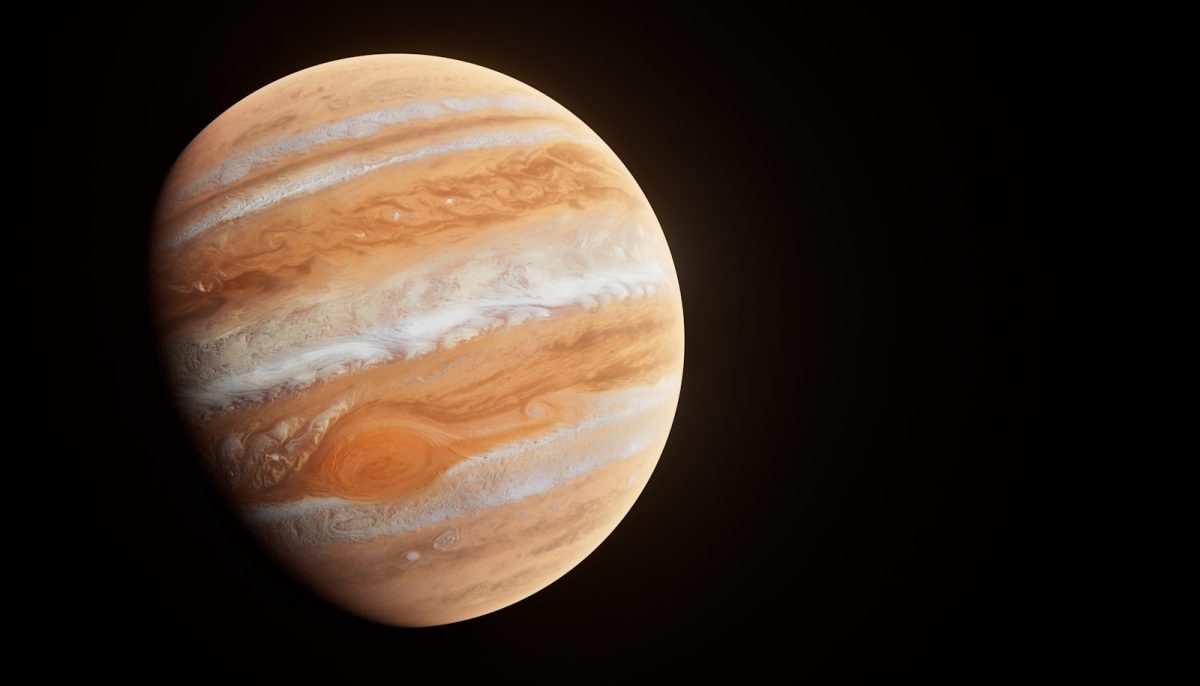We see stars all the time, but how do scientists find the age of one of these space specks?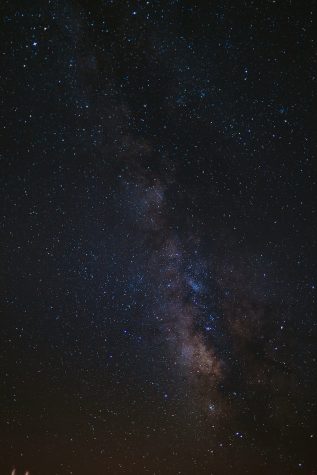
How do you find the mass?
To calculate a star’s mass, just look at its orbital period and do a bit of algebra. To determine what it’s made of, look to the spectrum of light the star emits. But the one variable scientists haven’t quite cracked yet is time. Our sun is the only star we know the age of currently, but this will hopefully soon change.
Hertzsprung-Russell
Star birth, life, and death are all topics that scientists are rather well-versed in. For instance, stars exhaust their hydrogen fuel, inflate, and then release their gases into space either with a bang or a whimper. But the tricky part is figuring out precisely when a star goes through each step of its life cycle. Many stars reach those places after varying lengths of time depending on their mass. Less massive stars can last for billions of years while more massive stars tend to die young.
Ejnar Hertzsprung and Henry Norris Russell, two astronomers, independently developed the concept of plotting stars’ temperatures against their luminosities at the start of the 20th century. These Hertzsprung-Russell, or H-R, diagrams showed patterns corresponding to the stages of the life cycles of several stars. These patterns are now used by scientists to estimate the age of star clusters, whose stars are considered to have originated simultaneously. The problem is unless you do a lot of math and modeling, this can only be used for stars in clusters or by comparing the stars color and brightness with the H-R diagrams.
Related Stories:
https://study.com/academy/lesson/determining-the-age-distance-relative-motion-of-stars.html
